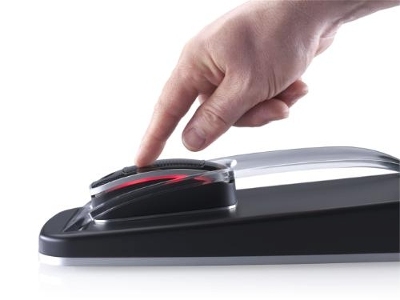User-based Insurance Most Used On-board Diagnostic Tool Application
 |
MOUNTAIN VIEW, CA--June 26, 2014: Do-it-yourself (DIY) on-board diagnostics (OBD)-II based telematics applications are still in the introductory stage, and currently only have a penetration of 2 percent. This presents vast potential, which, with greater customer awareness, can optimally be tapped. Presently, user-based insurance (UBI) is the most popular service in the North American market, as vehicle owners are keen to attain 'good driver' discounts on insurance premiums.
While UBI will be the biggest market segment in terms of revenue, fleet management will likely be the main growth driver, as more companies try to enhance their vehicle operations. Vehicle tracking and diagnosis are the main services around which fleet management solutions can be designed.
New analysis from Frost & Sullivan, Opportunity Analysis of Telematics in the North American Automotive Aftermarket, finds that the market earned revenue of $160 million in 2013 and estimates this to reach $1.6 billion by 2020. The segments covered include vehicle diagnosis, asset tracking, fleet management and UBI.
For complimentary access to more information on this research, please visit: Telematics Research.
"Growth will primarily be driven by service revenue, as the installed base of plug-and-play OBD-II devices grows rapidly," said Frost & Sullivan Automotive & Transportation Senior Research Analyst Anuj Monga. "Over the next seven years, services such as personal asset tracking and vehicle diagnosis will gain traction and further propel the aftermarket."
In its march towards the billion-dollar revenue mark, the telematics aftermarket will have to contend with a few hurdles such as the challenge posed by the smartphone market. Smartphones are a low-cost alternative to OBD-II devices, as they can be loaded with applications capable of performing basic telematics features.
The market will also have to strategize to overcome the competition from original equipment manufacturer (OEM) factory-fitted solutions in new vehicles, since these reduce the number of vehicles that require an aftermarket device. Yet, regardless of the platform or the device used, the telematics services market will continue to grow with increasing consumer awareness.
"Educating vehicle owners and fleets on the cost benefits of OBD-II devices and services will be key to expanding the telematics aftermarket," noted Monga. "Reducing up-front costs will improve adoption rates and give competitors a chance to prove the value of their products and services."
Aftermarket participants can further enhance their value by offering customers a full-service telematics solution by integrating garages and independent repair facilities into their programs. This is essential to compete with automakers that are using factory-equipped telematics platforms to route vehicle owners back to their dealerships for regularly scheduled maintenance and repairs.
Overall, the growing demand for connected vehicle solutions is spurred by the benefit of easy vehicle diagnostics for OBD-II devices, which will attract fleet owners to these DIY solutions.
Opportunity Analysis of Telematics in the North American Automotive Aftermarket is part of the Automotive & Transportation Growth Partnership Service program. Frost & Sullivan's related studies include: US Fleet and Vehicle Lease Market, Electric Vehicle Charging Infrastructure (V2G and V2H) in Japan, The Future of Automotive Retailing and European Market for V2V and V2I Communication Systems. All studies included in subscriptions provide detailed market opportunities and industry trends evaluated following extensive interviews with market participants.


